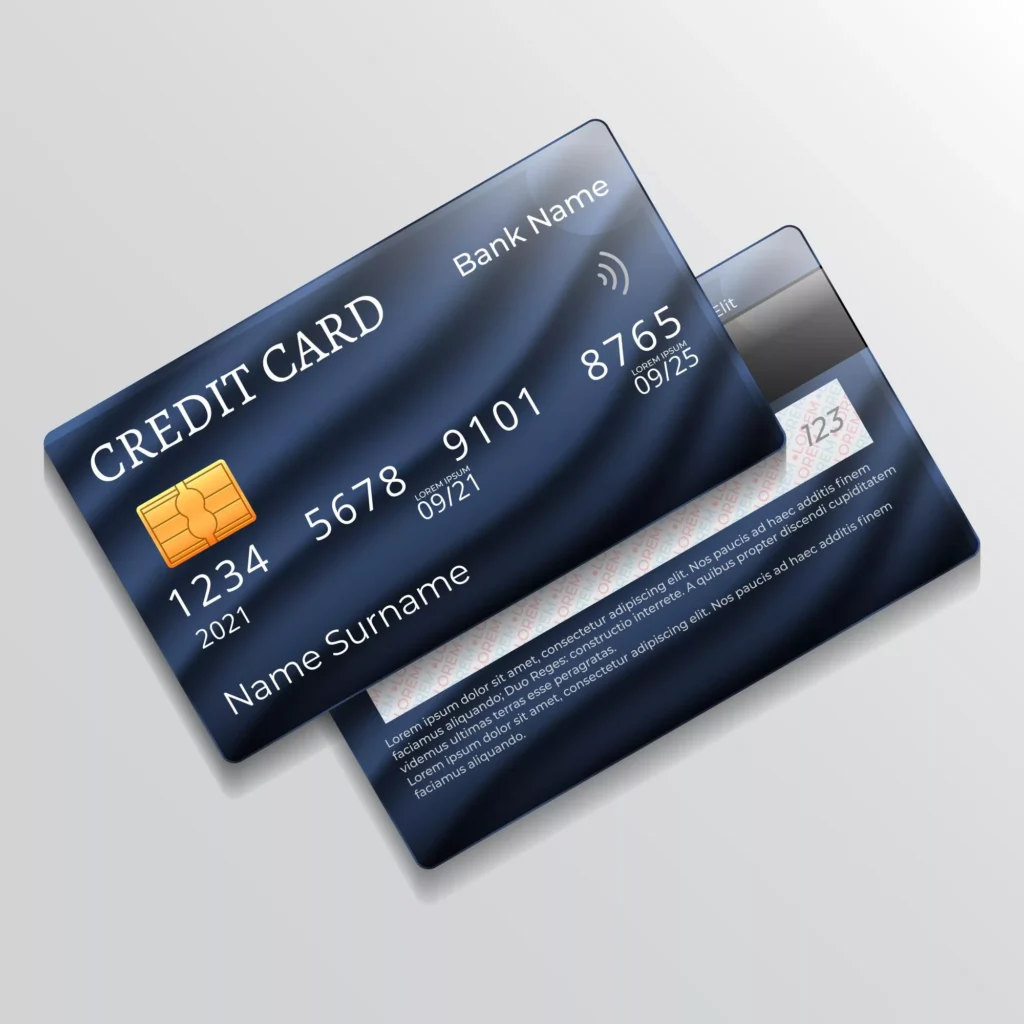What Is a Credit Card for Bad Credit?
A credit card for bad credit is specifically designed for individuals with a low credit score (typically below 580, according to Experian). These cards often come with higher interest rates and fewer perks, but they serve a vital purpose: helping users rebuild their credit over time.
Types of Credit Cards for Bad Credit
-
Secured Credit Cards: Require a refundable deposit that serves as your credit limit. These are ideal for building or rebuilding credit.
-
Unsecured Credit Cards: Don’t require a deposit but may have higher fees and interest rates.
-
Store Credit Cards: Easier to qualify for, but limited to specific retailers.
Key Features to Consider
When searching for the best credit card for bad credit, here’s what to keep in mind:
1. Reporting to Credit Bureaus
Make sure the card reports to all three major credit bureaus: Experian, Equifax, and TransUnion. This is crucial for improving your credit score.
2. Fees and APR
Avoid cards with excessive fees or extremely high APRs. Look for transparency in fee structures.
3. Upgrade Options
Some cards allow you to graduate to an unsecured version after consistent on-time payments.
Best Practices for Using a Credit Card for Bad Credit
Using your card wisely can significantly improve your financial health. Here’s how:
Always Pay On Time
Payment history accounts for 35% of your credit score. Set reminders or autopay to avoid late payments.
Keep Balances Low
Use less than 30% of your credit limit to improve your credit utilization ratio.
Avoid Multiple Applications
Each application creates a hard inquiry, which can slightly lower your score. Apply only when you’re reasonably confident of approval.
Real-Life Example
Maria, a 29-year-old single mother from Texas, had a credit score of 540 due to a medical emergency that led to missed payments. She applied for a secured credit card, deposited $300, and used the card for groceries and gas, paying it off in full every month. After 12 months, her score improved to 670, qualifying her for a traditional credit card.
Recommended Cards (2025 Picks)
-
Discover it® Secured Credit Card: Reports to all three bureaus, no annual fee, cashback rewards.
-
Capital One Platinum Secured: Offers a low refundable deposit and path to upgrade.
-
OpenSky® Secured Visa®: No credit check needed, ideal for those rebuilding from very low scores.
Final Thoughts
A credit card for bad credit isn’t just a financial tool—it’s an opportunity. By choosing the right card and using it responsibly, you can rebuild your credit, regain financial control, and unlock better options in the future. Whether you’re starting over or repairing past mistakes, the right strategy and tools make all the difference.

